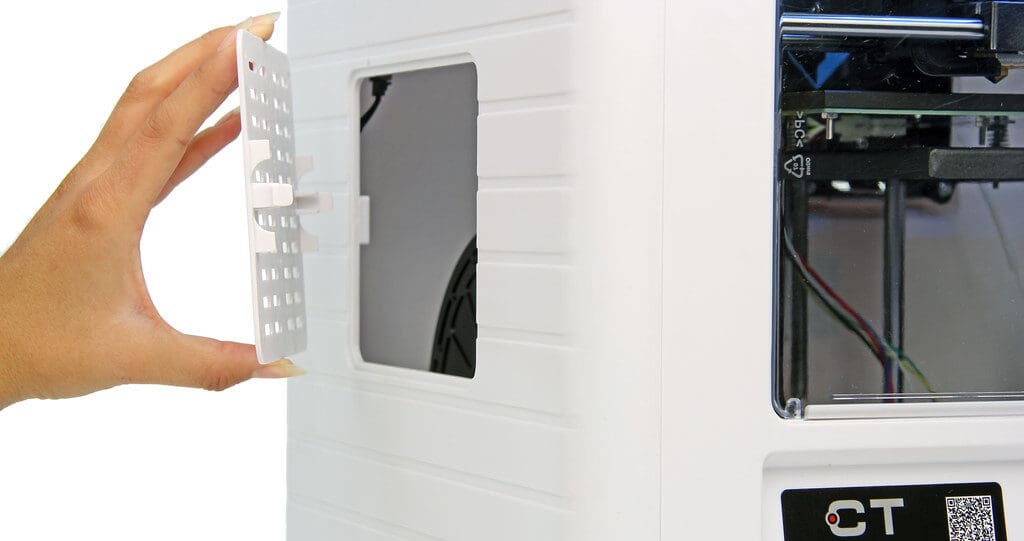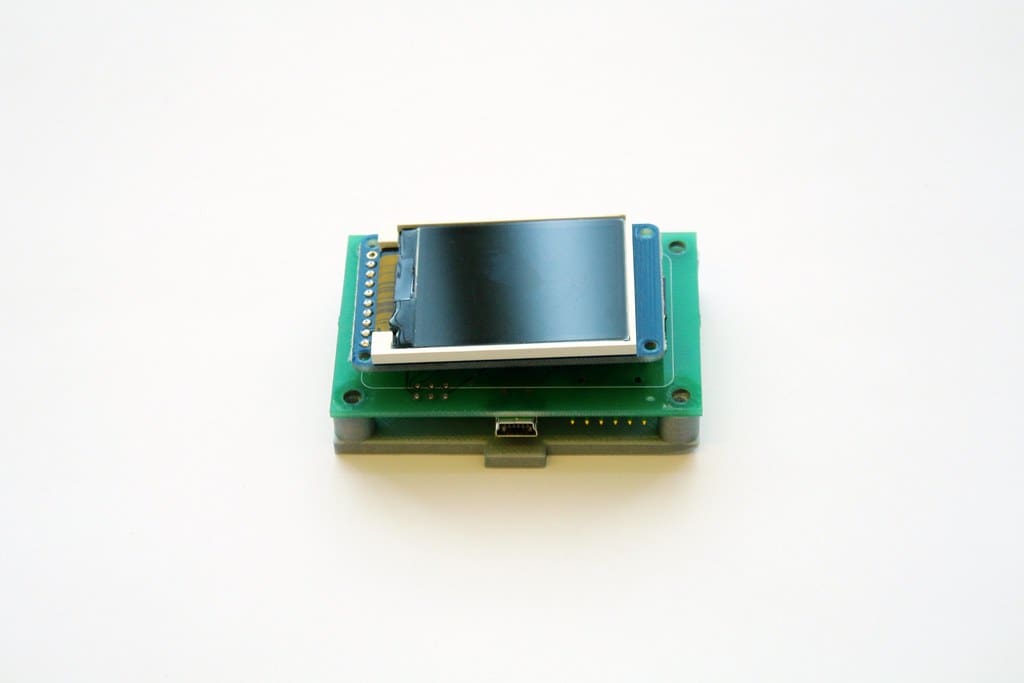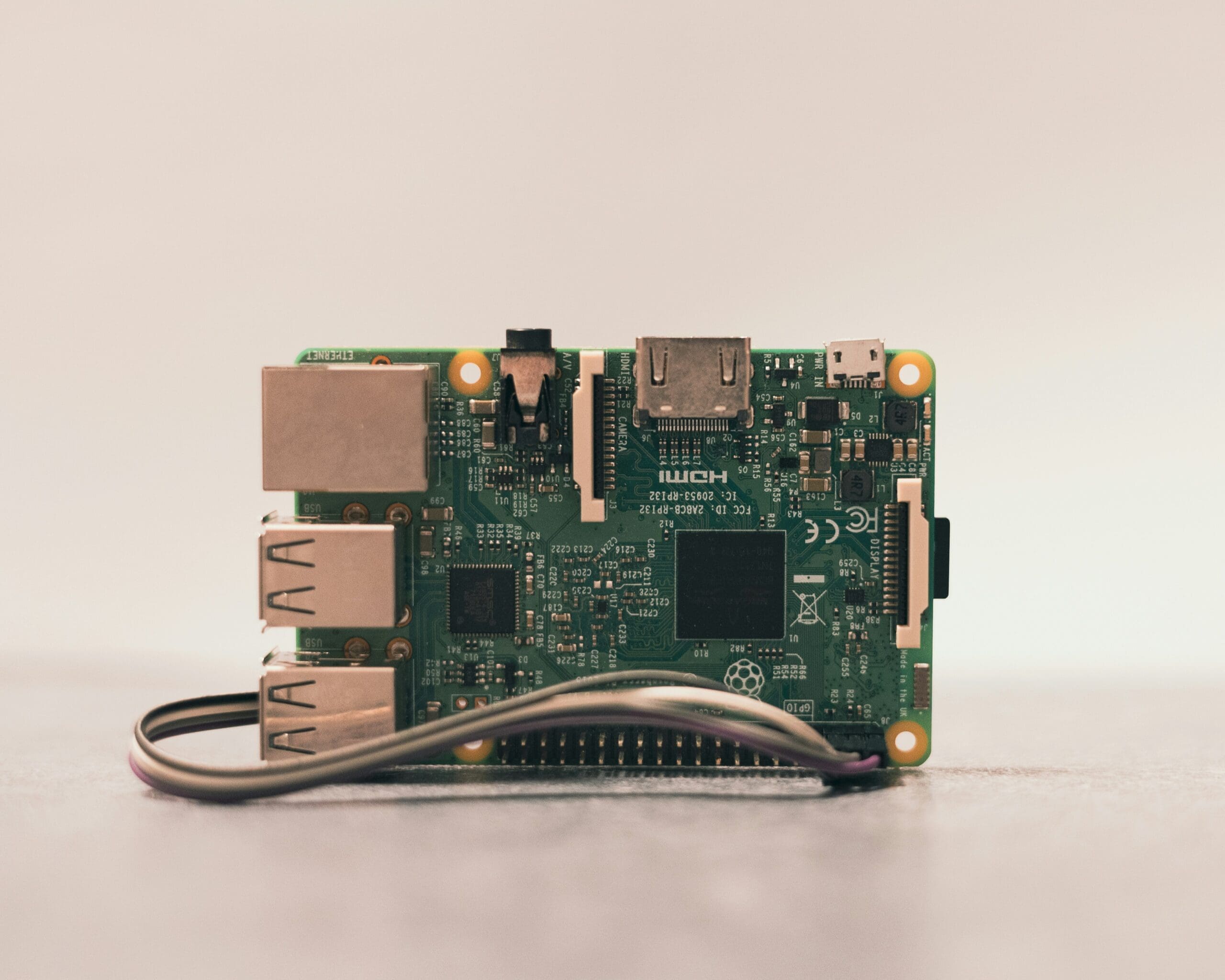Information engineering involves the structured planning and design of information systems to support data management, operations, and decision-making within organizations. With the integration of 3D printing technology, this field is experiencing transformative changes, particularly in how physical devices and infrastructure that support information systems are designed and implemented. 3D printing offers innovative ways to create customized hardware solutions, from data storage units to network components, which are tailored to specific organizational needs, improving efficiency and functionality.
The Emergence of 3D Printing in Information Engineering
Initially used for prototyping in manufacturing and design industries, 3D printing has found a significant role in information engineering by allowing for the rapid development of customized IT infrastructure and components. As digital technologies continue to evolve, the need for more specialized and adaptive physical systems grows. 3D printing meets this demand by providing the flexibility to produce complex designs that traditional manufacturing methods cannot achieve, enhancing the physical architecture of information systems.

Advantages of 3D Printing in Information Engineering
Customization and Precision: 3D printing allows for the precise customization of components used in information systems, such as enclosures for electronic devices, racks for data centers, and other hardware that requires specific dimensions and properties.
Rapid Prototyping and Deployment: The technology enables quick prototyping and testing of new designs, significantly reducing the time from concept to deployment. This agility is crucial in information engineering, where evolving data needs can prompt frequent system updates and modifications.
Cost-Effectiveness: By reducing material waste and the need for expensive molds or tooling, 3D printing cuts down the overall cost of creating bespoke components for information systems, making it a cost-effective solution for both large organizations and startups.
Innovation in Design: 3D printing encourages innovation by allowing engineers to experiment with complex, integrated designs that improve the functionality and efficiency of information systems. This includes better cooling designs for data centers, optimized layouts for networking equipment, and ergonomic designs for user interfaces.
Key Applications of 3D Printing in Information Engineering
Data Center Customization: Custom racks, shelving, and cooling ducts designed to meet specific space and efficiency requirements can be directly printed, allowing data centers to maximize space utilization and energy efficiency.
Network Components: 3D printing is used to create bespoke housings and frameworks for networking equipment, including routers, switches, and server nodes, ensuring that these components fit perfectly within an organization’s IT infrastructure.
Protective Casings for Sensitive Equipment: Specially designed protective casings for sensitive electronic equipment can be 3D printed to provide enhanced security against physical and electromagnetic interference.
Rapid Tooling for Electronic Manufacturing: The production of molds, jigs, and fixtures needed for the assembly of electronic components can be expedited with 3D printing, speeding up the manufacturing process for IT hardware.

Challenges in 3D Printing for Information Engineering
Material Limitations: Not all materials suitable for 3D printing possess the necessary durability, heat resistance, or electromagnetic shielding properties required for electronic components and enclosures.
Precision and Scalability: While 3D printing offers high precision, achieving consistency in mass-produced components can be challenging. Scaling 3D printing processes to meet large volume demands while maintaining precision and quality remains a significant hurdle.
Integration with Existing Systems: Ensuring that 3D printed components seamlessly integrate with existing information systems requires careful design and engineering, posing a challenge in environments with legacy technologies.
Regulatory and Compliance Issues: Components used in information systems often need to meet stringent regulatory standards, particularly regarding safety and electromagnetic compatibility. Adhering to these regulations with 3D printed items can be complex.
Future Directions in 3D Printing for Information Engineering
The future of 3D printing in information engineering is promising, with ongoing advancements in material science, printing technologies, and digital design tools expected to address current limitations. Future developments are likely to focus on creating smarter, more adaptive components that can change dynamically with system demands, and on the integration of conductive materials for electronic circuitry directly into 3D printed parts.
3D printing is set to continue revolutionizing information engineering by providing enhanced capabilities for designing and deploying customized information system components. As the technology advances, it promises to further streamline the development and maintenance of IT infrastructure, supporting more agile, efficient, and effective data management practices. With ongoing innovations, 3D printing will increasingly become a critical tool in the arsenal of information engineers, driving the future of technology infrastructure design.








